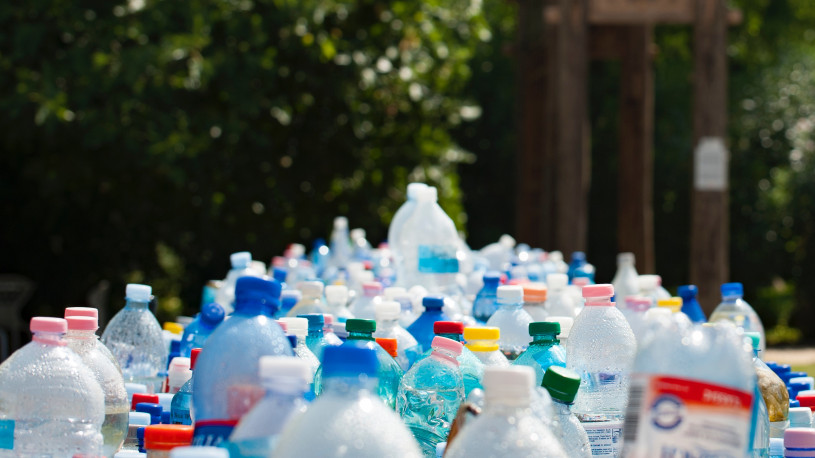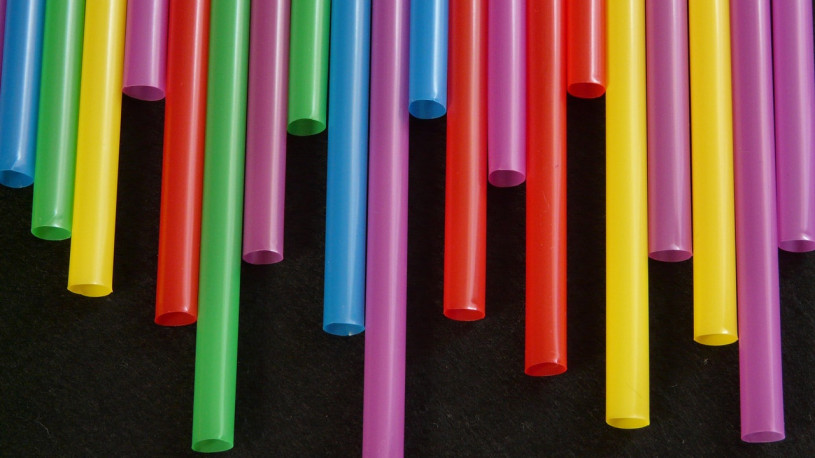-
Why is Finding a Chemical Trading Partner like Finding a Lover?
 Continue Reading
Continue ReadingBecause spot chemical sales and dating have both moved online.
Ptshhhh! Groan. Tumbleweed.
My apologies for the homemade joke, but it came to mind last weekend when I finally found time to catch up with my former boss and mentor. Over a glass of beer we talked about the great changes taking place in the chemicals industry, which naturally led to nostalgic talk about the ‘good old days’.
He spoke kindly of the chemical trading directory ‘ring around’ and the conferences that were part of his many years as a spot chemical trader.
He also spoke with fatherly pride of his two daughters, the younger of which will be starting university in the autumn, whilst the older has just graduated, and laughed at the dating game that they were now both playing.
Eye to eye contact, it seems, is no longer a requirement for true love, for their respective boyfriends are both miles away focusing on their own studies. Passions must be maintained via Skype, WhatsApp, Viber, Insta-chat, Twitter and facebook.
We both chuckled at the absurdity of e-love, before it dawned on us how much easier dating must be if you don’t need the courage to ask a girl out in person. Instead you can flirt by phone and have chatted to twenty different girls via Tinder by the end of your commute to work.
It seems to have gone the same way for finding a chemical trading partner. Village hall dances, lonely-hearts columns and a ‘little black book’ have largely been consigned to history. In their place, today’s chemicals trader have started utilising online chemical trading matchmakers like Alibaba or Spotchemi (who host this blog), when they want to find true love.
But if you still think that you have a better chance of finding romance on the dance floor than via Match.com then please feel free to continue. In fact you may still find some help online via gotcheeseypickuplines.com, which can supply you with quotes such as, ‘Is there a science room nearby, or am I just sensing the chemistry between us?’.
You never know, it might be useful the next time you’re at a night club/conference. As for me, I could tell you my best chemical conference chat up line; it’s the one about the sodium trader, but …Na.
-
A Recipe for Shell Thickness in Polymer Molds
 Continue Reading
Continue ReadingBy studying the way that polymers flow over spheres, a team of researchers from MiT have been able to create a formula that can predict the thickness of polymer and plastic coatings. The research is expected to impact a number of manufacturing industries, as well as plastics, coatings and resin markets.
The research team was originally inspired by chocolatiers and the way that chocolate bonbons are made. However, “The research should have uses far beyond the chocolate shop,” as the MiT news office explains. “By knowing just a few key variables, engineers could predict the mechanical response of many other types of shells, from small pharmaceutical capsules to large airplane and rocket bodies.”
The study, which was reported in the journal Nature, found that the team were, “…able to accurately predict the final thickness of the shell as a function of the material properties of the polymer and the geometry of the substrate. Importantly, the final shell thickness is found to be independent of the initial conditions such as the height of pouring and the volume of poured fluid, as well as the initial thickness profile.”
Instead, the study found that by varying the polymer’s curing time the scientists were able to increase and decrease the speed at which it covered a sphere. This culminated in the creation of a formula that is able to predict, and therefore control, shell thickness.
The website ZME science defined this formula as, “The square root of the fluid’s viscosity, times the mold’s radius, divided by the curing time of the polymer, times the polymer’s density and the acceleration of gravity as the polymer flows down the mold.”
In other words, “With a larger mold radius, the time it takes fluid to flow to the bottom increases. The result is a thicker shell. In contrast, longer curing times mean the fluid drains faster to the bottom, creating a thinner shell,” as the online journal Engineering explains. “By waiting for the polymer to thicken before pouring it onto the mold, curing time was reduced and more polymer ended up on the mold instead of running off. As a result, the thickness of the shell increased by a factor of 11.”
Lead researcher Pedro Reis described the findings as, “A theory [that] provides a much better, quantitative understanding of what’s going on, [so that] one can now be predictive. Think of this formula as a recipe.”
Whilst the formula may have limited practical applications, it does provide better insight into the dynamics of polymer coatings, and may lead to expanded research into other plastic and polymer manufacturing processes. As the journal Nature reported, “the polymer industry abounds with needs to fabricate thin shell structures, and a plethora of manufacturing processes have been developed for this purpose, including: injection, rotational and blow molding, as well as dip coating. Common to all of the above techniques are limitations in the thickness of the shells (e.g., ~0.5 mm for injection molding) and its uniformity (typically ~20% for rotational molding), as well as a striking lack of predictive theoretical models due to the multi-physics complexity of the processes.”
Whilst the study does acknowledge its limitations, focusing as it does on simple spheres, what is important about the research is that it provides other polymer and plastic researchers a firm mathematical equation to work with. It also gives manufacturers increased flexibility in production processes. As Reis said, “This flexibility of waiting [for a polymer to thicken before pouring] gives us a simple parameter we can tune, depending on what we want for our final goal. So I think ‘rapid fabrication’ is how we can describe this technique. Usually that term means 3-D printing and other expensive tools, but it could describe something as simple as pouring chocolate over a mold. This is a really simple, robust, rapid prototyping technique, and we’ve established design principles together with a predictive framework that characterizes the fabrication of thin shells. I think that will be powerful. We’re revisiting an old topic with new eyes.”
If you want to see the formula in action with your own eyes, you can watch the YouTube clip from MiT here.
-
Will this new Antibacterial Polymer Save Lives AND Make Profit?
 Continue Reading
Continue ReadingThe online scientific website, ‘Investigacion y Desarollo’ is reporting the development of a new low-production cost antibacterial polymer called Antibac. Developed at the Universidad Michoacana de San Nicolás de Hidalgo (UMSNH), in Mexico, the product is, “A polymer [that] is an inorganic resin that inhibits development, growth, reproduction and general existence of bacteria, yeasts and fungi; used as a cement, it can adhere to metal surfaces, ceramics or glass and maintain the area free of harmful microorganisms.“
The product is generating much interest amongst local polymer traders, with many predicting that its sales could be global. Recently, the Mexican business website, ‘Gerencia de Edificios’, outlined the products best features, stating that, “The main novelty of the developed technology is [that its production is based on] non-polluting industrial waste water, [which] does not release fumes or volatile organic compounds.” The website continues to point out that the product, “lasts more than 100 years.”
Despite this long lifetime, the resin, which is make of clay and sea sand dissolved in an aqueous solution and a biocidal agent, can be applied like any other construction paste and sets in just 24 hours.
Whilst the advantages of the polymer are clear, possibly its greatest asset is its low cost, which was estimated by ‘world industrial reporter‘ to be, “… as little as $10 per square meter, thus making it easily affordable even for home usage. It works out cheaper than the currently used synthetic coatings.“
Dr. Jose Carlos Rubio creator of the technology, described how the product works to the online journal ‘Scientific Daily‘, as follows, “The inorganic resin, once solidified, traps in a ‘cage’ the antibacterial microcrystals, keeping them enclosed, but allowing the interaction with pathogens; these microorganisms, when contacting the geopolymer, get stuck because its high affinity to the microcrystals, so no contact transference is allowed with other materials. The microorganisms then get removed by existing diffusion or any simple cleaner.” And went on to explain that, “The natural color is cream, but we can add any pigment and adapt it to the customer’s needs.”
At present the researchers are still looking for investors to fully implement the business potential of their invention, but the polymer research community is already gaining an interest in the development. Polymer traders and businessmen are also looking to profit from a discovery that could be both highly lucrative, as well as saving countless lives.
